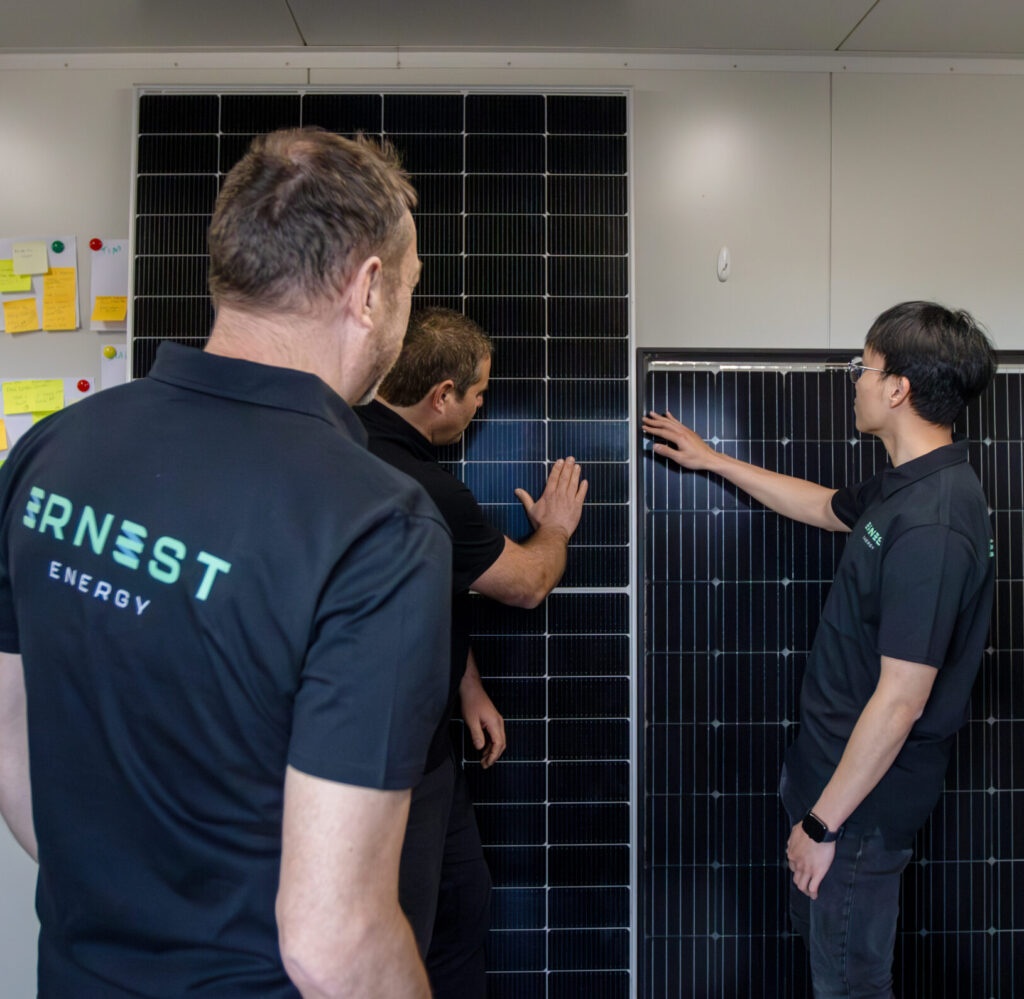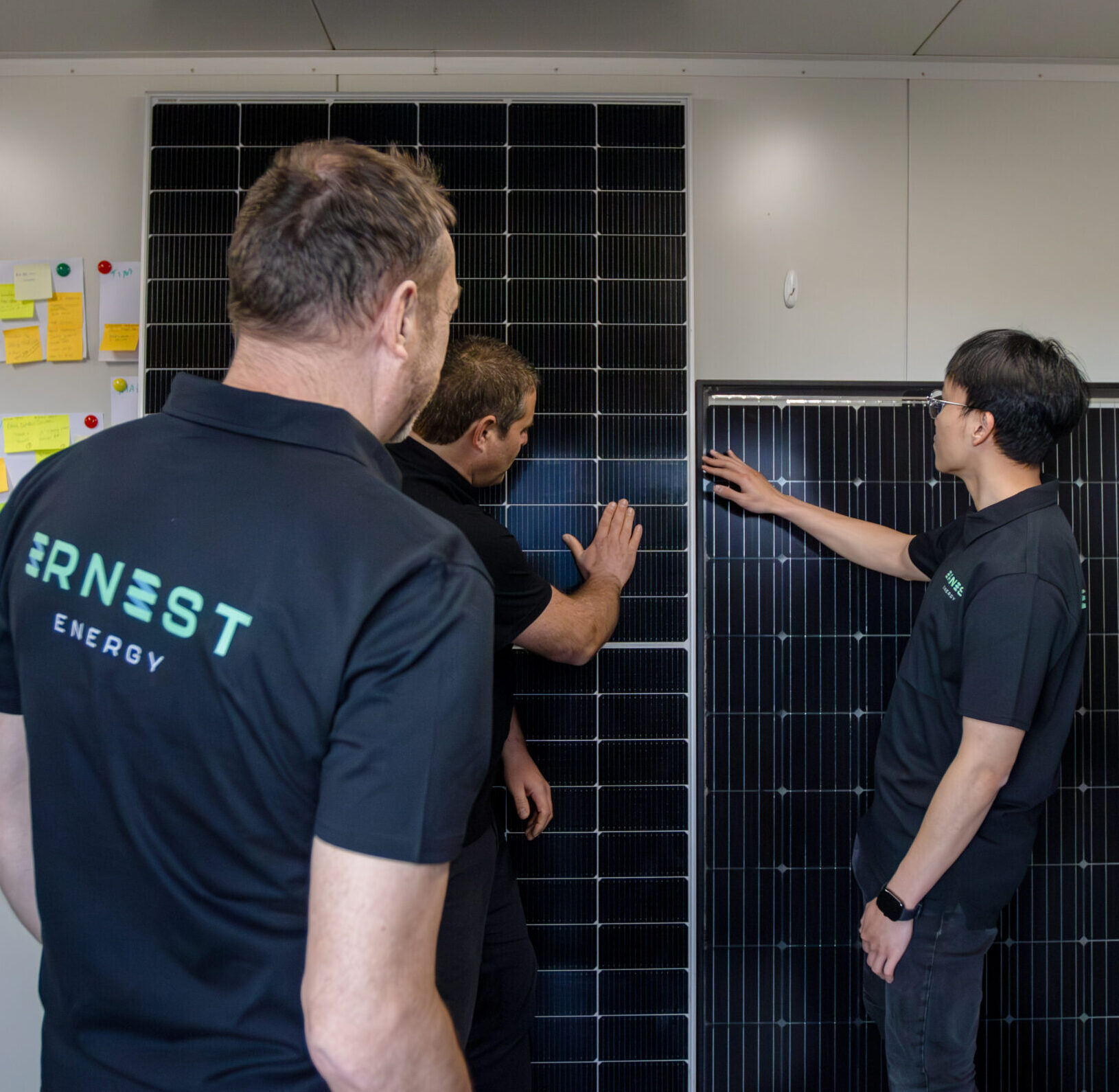Electrification is fast becoming a central theme in conversations about New Zealand’s
energy future. At its core, it’s about replacing technologies powered by fossil fuels – petrol,
diesel, or gas – with those driven by electricity.
From freight transport to farming, manufacturing to tourism, industries across the country are
starting to consider what this shift could mean. Electrification brings both challenges and
opportunities.
Why Electrification Matters
New Zealand’s commitment to reducing greenhouse gas emissions is a major driver of this
transition. With most of our electricity generated from renewable sources, shifting away from
fossil fuels can significantly cut carbon outputs across key sectors.
Beyond emissions, electric technologies can also deliver long-term cost savings, reduce
maintenance needs, and support greater energy independence – especially when paired with
on-site solar and battery storage systems.
Can the Grid Keep Up?
As electrification accelerates, pressure on the national grid is an important concern. Can it
handle a substantial rise in demand?
This question is particularly relevant in regional areas. With more electric vehicles,
machinery, and heating systems on the horizon, ensuring the grid remains resilient will be
critical. This is driving conversations around smart energy use, peak demand management,
and localised generation and storage.
Farming Solutions
Agriculture is a clear example of electrification in action. On farms, electric quad bikes,
tractors, irrigation systems, and milk chilling units are already being explored. Increasingly,
farmers are also turning to on-site generation, with solar panels and batteries providing
reliable, independent energy.
These solutions are helping farms take control of their power, cut operating costs, and build
resilience for the future.
Local Leadership: The Queenstown Electrification Accelerator
Closer to home, initiatives like the Queenstown Electrification Accelerator are showing how
electrification can be driven at a community level. Initially focused on tourism and hospitality,
this project highlights how Otago and Southland can lead the way in applying electrification
to real-world operations. It’s a reminder that regional leadership has the power to shape both
environmental outcomes and local economies.
Ernest Energy’s Role
At Ernest Energy, we see electrification as part of a much broader shift in how energy is
produced, stored, and used across New Zealand. Our focus is on delivering practical,
scalable solutions that give farms and businesses greater control over their energy future.
We design and deliver integrated solar and battery energy storage systems (BESS) tailored
for agricultural, commercial, and industrial applications. Built for local conditions, our
systems prioritise compatibility, safety, and long-term resilience.
Working alongside trusted partners like NES, we ensure that everything – from design
through to installation and maintenance – is carried out to the highest standard.
The Road Ahead
Electrification won’t look the same for every business, but it is fast becoming an essential
part of future planning. Whether you’re running a farm, managing freight, or powering a
processing facility, energy decisions made today will shape tomorrow’s resilience.
At Ernest Energy, we’re committed to supporting this transition – helping industries make
informed choices and unlock the benefits of a smarter, cleaner energy future.


